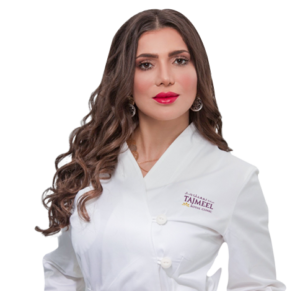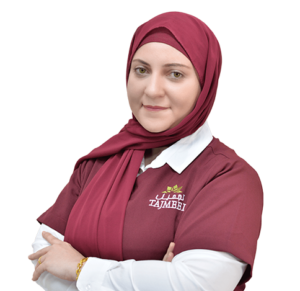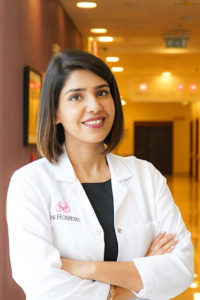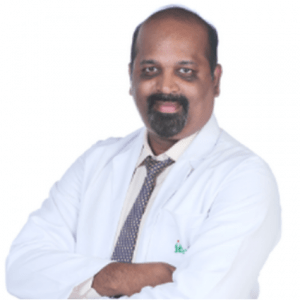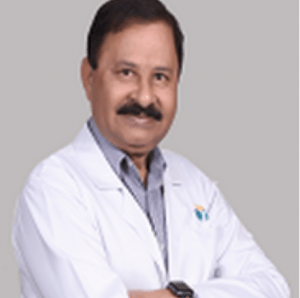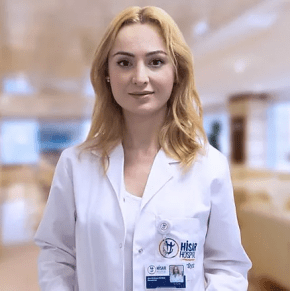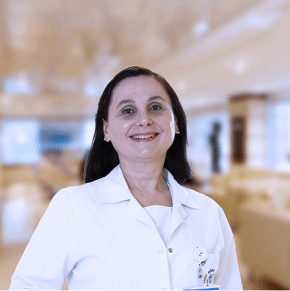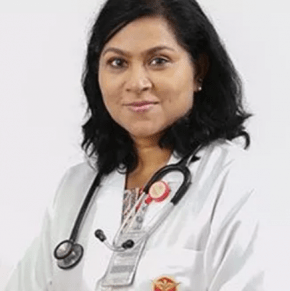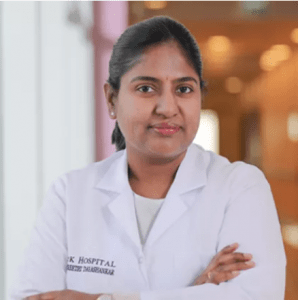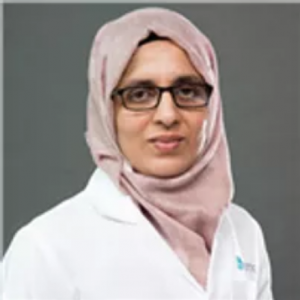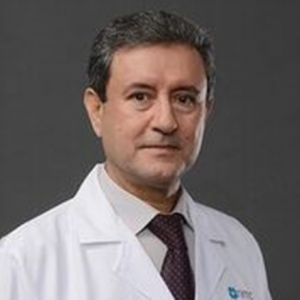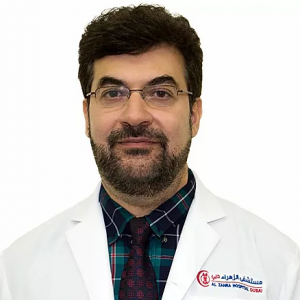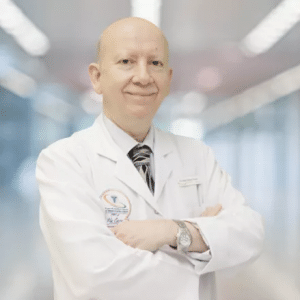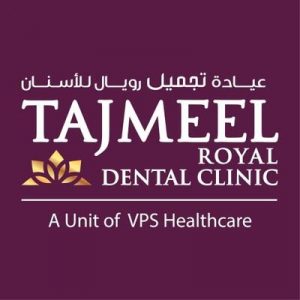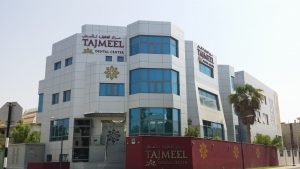Pediculosis Capitis
Pediculosis capitis is a condition in which tiny insects infect the scalp. It is also known as “head lice infestation”. It is caused by pediculus humanus cavities (head lice). Pediculosis capitis affects children, especially pre-teenagers [10 to 12 years old], who are in direct contact with one another, and especially through sharing personal items like […] Read More
Top Doctors For Pediculosis Capitis Treatments
Top Hospitals For Pediculosis Capitis Treatments
Pediculosis Capitis
Pediculosis capitis is a condition in which tiny insects infect the scalp. It is also known as “head lice infestation”. It is caused by pediculus humanus cavities (head lice).
Pediculosis capitis affects children, especially pre-teenagers [10 to 12 years old], who are in direct contact with one another, and especially through sharing personal items like hairbrushes, hats, or scarves. It can also be contacted through sharing the same bed or beddings like pillows and bedspreads. Sharing towels also give way to head lice.
Pediculosis capitis is a common highly contagious infection. It occurs in nurseries, daycare centers, and schools. The infection is usually very itchy.
Lice are very small insects that feed on human blood. The female louse lays eggs [nits], which attach themselves to the base of the hair near the scalp. These nits hatch within 7 to 10 days.
It has been noticed that the adult louse cannot stay for more than two days off the human head, whereas the nits can stay alive of the human head for up to 10 days. The nits can live on clothes, hairbrushes, beddings or carpets, for up to 10 days.
MODE OF TRANSMISSION
As a contagious disease, pediculosis capitis can be contracted through direct contact with one who is infected. Also, sharing personal items like hairbrushes, hats, or scarves with an infected person can be transferrable.
It can also be contacted through sharing the same bed or beddings like pillows and bedspreads. Sharing towels also give way to head lice.
RISK GROUPS
Head lice can affect anyone, but children aged 3 to 11 are the most common victims. All socioeconomic groups can be affected. It should be noted that the infestation is not associated with the person’s unhygienic disposition or the uncleanliness of the environment.
Your type of hair can provide a hosting environment for lice because the claws of the louse can take a grasp at certain hair types more than others. Those with curly, coarse hair are less often affected than those with smoother types of hair.
It should be taken notice, that girls are more likely to have head lice than boys, which may be due to their characteristic longer hair. Close personal contact, such as in students or pupils, home inmates, playgrounds, and camps, can also increase the risk of head lice infestation. Lice feed on human blood only; therefore, the infection can be spread by pets and other animals.
PEDICULOSIS CAPITIS TREATMENT
To make a diagnosis of head lice, your doctor must see a louse or a nit on the scalp. A Wood lamp is equipment used to locate lice and nits in the hair and scalp.
The Procedure
- The doctor shines a blank light at the scalp, and the insects and the eggs (nits) appear as yellow=green fluorescent spots.
- If confirmed that your child does have lice and is not yet treated, the doctor will likely recommend over-the-counter medication (see self-care guidelines below). Where you’ve used over-the-counter pediculosis capitis medications and you still see moving lice, your doctor may give you a prescription-strength medication.
- Malathion lotion 0.5% (Ovida) kill lice and some nits.
- Ivermectin pills
- Lindon shampoo 1%
- Use over-the-counter (OTC) pediculosis capitis medications [which are medicines that you can buy without a prescription] for the treatment of head lice infestation; as this should be your first treatment.
- Do not use hair conditioner before applying the OTC lotions, since this would cause the hair to become coated, and eventually protect the lice from the medication.
- Do not wash your hair [no matter how untidy it looks] for 24 to 48 [one or two days] after the treatment.
- After the treatment, wear clean and non-infected clothes; wash other clothes, bed covers, and towels, in hot water, above 300°F [54.45°C]. Dry them using a hot cycle, for at least 20 minutes.
- Any object that your child has come into contact with during the past 48hrs should be washed in hot water for at least 5 minutes.
- Seal every potentially contaminated, but the non-washable object in plastic bags for 2weeks. (The lice will die with 2 days, and the nits will hatch and die within 2 weeks.)
- The hair and scalp of your household should be examined and treated if they are infected.
- Vacuum clean your floors and furniture.
- Don’t share hats, combs, hairbrushes, towels, beddings, clothing, headphones, stuffed toys, or other items with persons having head lice.
- Notify the school or daycare provider if your child is diagnosed with head lice, and keep the child at home until the treatment is complete before returning to school.
- The Body Louse (pediculus humanus corporates). Infest clothing’s, laying their eggs on fibers in the fabric seams.
- The Crab Louse (this pubis). Called pubic lice, infest in hair, lies eggs on the base of fibers and feed on human blood.
Symptoms
PEDICULOSIS CAPITIS SYMPTOMS
- Moving lice and nits may be seen on the hair and scalp. A louse is approximately 1 to 3 millimeters long, whitish-gray in color, while nits are smaller, about 0.5 to 1mm, white. Lice crawl, unable to jump or fly. But nits are firmly attached very close to the scalp.
- Small red bumps or sores on the neck, scalp, and shoulders.
- Lymph nodes behind the ears or in the neck may be swollen and tender.
- Eyes may become red and irritated. This may be caused by the lice in the eyelashes.
- Itchiness and scratching.
- Infection or scabbing, due to scratching.
- Sleep difficulty, as a result of irritation.

